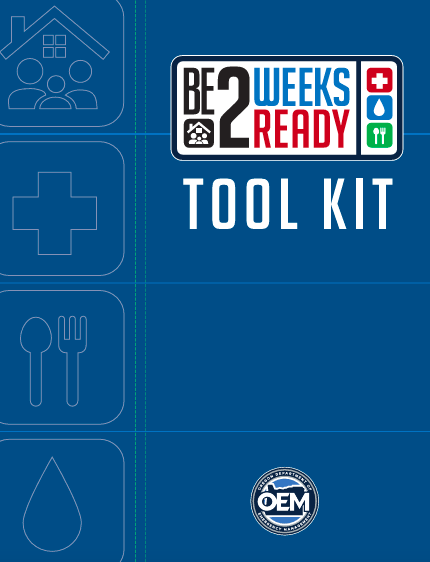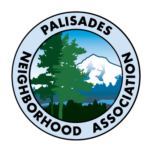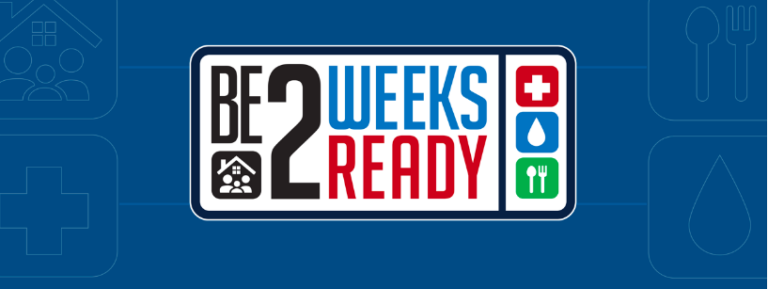
PNA has been following the City of Lake Oswego’s adoption of the Be 2 Weeks Ready (B2WR) Program. Oregon has faced a series of emergencies, including floods, droughts, wildfires, ice storms, heatwaves, and a pandemic. These events show the critical importance of being prepared. The Oregon Office of Emergency Management (OEM) aims to empower people to prepare effectively because once a disaster occurs, preparation time is over. This is why individuals, families, and communities should strive to “Be 2 Weeks Ready.”
“It used to be that we were encouraged to prepare for 72 hours. Now, the City of Lake Oswego and State of Oregon are encouraging 2 weeks. Personally, I think the Be Two Weeks Ready program is a great resource, but so are others like the Red Cross and FEMA resources. The important thing is to take the first step which is the commitment to be prepared. It could take months or more, but each step you take is progress.”
– Roger Gray, PNA Area 7 Representative and Emergency Preparedness Committee Member
For information regarding Oregon’s overall efforts, click here.
Your Emergency Plan
Preparedness Overview:
Ensure everyone in your household is ready for unexpected situations to save lives and return to normal routines quickly.
Quickstart Steps:
- Learn About the Hazards in Your Area
- Make a Household Communication Plan
- Make an Emergency Plan
- Sign Up for Emergency Alerts
- Practice
- Considerations
Details:
- Learn About Hazards:
- Identify risks specific to your location (e.g., earthquakes, floods, wildfires) with help from local emergency agencies and fire departments.
- Household Communication Plan:
- Discuss emergency actions with household members.
- Plan for evacuation or sheltering in place.
- Key components:
- Out-of-area contact
- Evacuation routes
- Meeting place
- Contact methods if separated
- Share your plan with family and friends.
- Emergency Plan:
- Involve everyone in creating the plan.
- For evacuation, prepare a go-kit with essentials (Six Ps: People and pets, Prescriptions, Phones and chargers, Plastic and cash, Papers, Pictures).
- For sheltering in place, ensure supplies for two weeks without electricity or water, including food, flashlights, power banks, and batteries.
Additional Resources:
- Visit www.ready.gov or www.redcross.org for more emergency kit recommendations.
Sheltering in Place:
- Supplies for Two Weeks:
- Ensure enough supplies for survival without electricity, running water, or working toilets.
- Include the Six Ps: People and pets, Prescriptions, Phones and chargers, Plastic and cash, Papers, Pictures.
- Track household food consumption over two weeks to gauge needed quantities.
- Gather existing emergency supplies like flashlights, power banks, and batteries.
- Sign Up for Emergency Alerts:
- Priority Alerts:
- Register on your county emergency management website.
- Enable Wireless Emergency Alerts on cell phones:
- Apple: Settings > Notifications > Government Alerts.
- Android: Settings > Search “Emergency” or click on “Safety and Emergency.”
- Visit www.oralert.gov for local alerts in Oregon.
- Additional Alerts:
- Download the “MyShake” app for earthquake notifications in Oregon, Washington, and California.
- Purchase a NOAA radio for severe weather updates.
- Follow your local emergency management office on social media platforms like Facebook or X (formerly Twitter).
- Priority Alerts:


